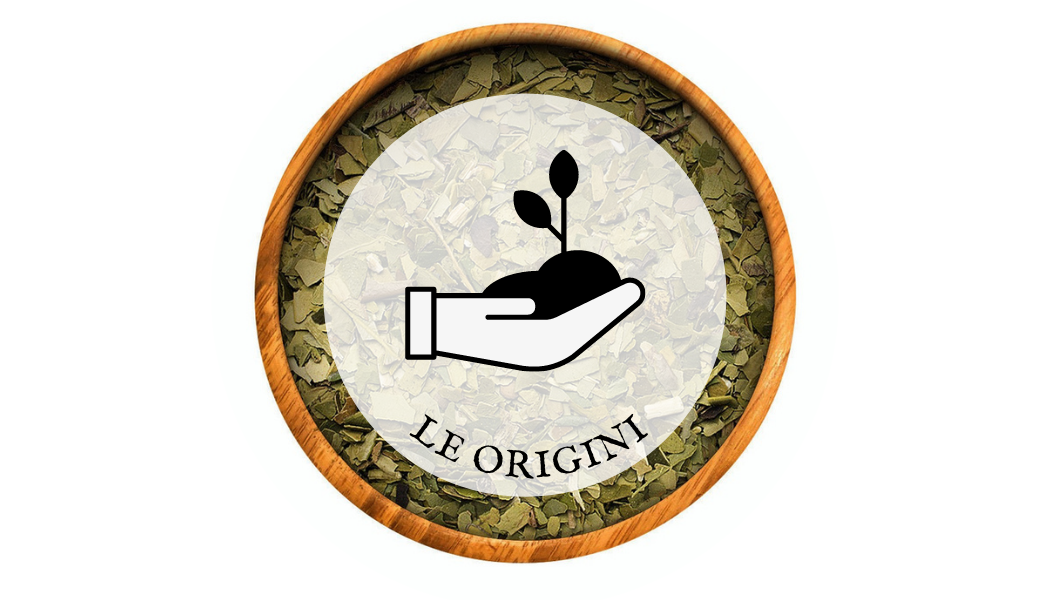
The origins
Share
The origin of yerba mate dates back even before the South American continent was discovered by European settlers. It is believed, in fact, that the indigenous populations had already begun to appreciate the properties of the plant and that it was already rooted in their tradition. In fact yerba mate, in jargon called ilex paraguariensis, has its roots in the immensity of the South American rainforest, a very fertile area that became an area of conquest by the nomadic populations of the Guarani Indians.
Mate was considered a gift from God and was used as an object of worship and currency with other peoples but, above all, the leaves were processed and taken as a drink.
It was with the arrival of the first settlers towards the end of the 16th century that the existence of this plant became known to the Spanish pioneers and the Jesuits, who they learned the art by the Guaranì surprised by the invigorating properties that the drink was able to confer.
The colonists were the first to christen the drink with the name of "Mate", i.e. empty pumpkin which refers to the cup of pumpkin left to dry in which the mate infusion is drunk but, unlike the Indians, the Spanish they used hot water, as per their tradition, giving life to an infusion with an intense and decisive taste.
This milestone began the spread of yerba mate throughout the South American continent and then began to expand abroad.
The success of this plant is due to the beneficial effects it released, in fact it was able to provide properties such as greater physical strength and resistance, mental concentration, reinvigoration of the immune defenses, an energizing and exciting sensation, fundamental factors for those populations who lived in localities mountain ranges typical of the South American continent.
